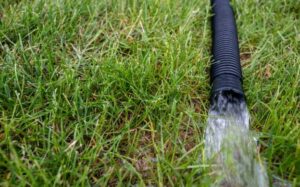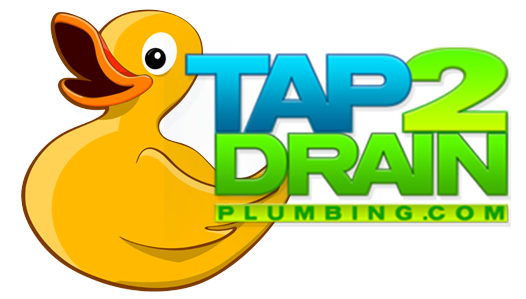
When it comes to keeping your home safe from water damage, having a sump pump is critical. Sump pumps are often taken for granted until they stop working and the basement starts flooding. Fortunately, there are some simple things you can do to keep your sump pump running smoothly and prevent it from breaking down.
To ensure your sump pump is working properly, you should inspect it regularly and perform some routine maintenance tasks. The following tips will help you keep your sump pump in good condition.
What is a sump pump?
A sump pump is a device used to remove water and sediment from a sump basin, which is a depression in the basement floor that collects groundwater and surface runoff. Sump pumps are often used to prevent flooding in basements. If your home experiences regular flooding or has a finished basement, you should consider installing a sump pump. There are many different types of sump pumps available on the market, so it’s important to choose the right one for your needs.
Maintenance & Inspection Tips
1. Test Your Pump
Don’t wait for another atmospheric river to find that your sump pump isn’t working. Testing your sump pump is easy and only takes a few minutes. To test your pump, simply pour a 5-gallon a bucket or container of water and pour it around the sump pump. If the pump activates automatically and begins removing water, you’re good to go but if the pump doesn’t turn on, you may have a clogged or a damaged sump pump.
2. Check the Sump Pump Position and the Outlet Pipe
Checking sump pump position is important for any homeowners to help prevent major problems down the road. It is crucial to ensure that the pump is in the correct position. You’ll also want to ensure the outlet pipe is free from any debris or blockages.
3. Clean the Inlet Screen
If your sump pump has an inlet screen, it’s important to clean it regularly. If the screen becomes clogged, the pump will have to work harder to move water, which can shorten its lifespan. A clogged inlet screen can cause your pump to overheat and fail.
4. Inspect the Discharge Line
One important part of sump pump maintenance is examining the discharge location periodically to make sure it is not blocked or clogged. Check it for any blockage and leakage regularly.
5. Examine the Discharge Location
Next, ensure that your water is being discharged to the proper location. Excess water from your sump pump should flow:
- Downline
- A minimum of 10 feet away from any building foundation
- Away from the public sewer system, your septic system, and your neighbors’ properties
6. Check the Power Source
Sump pumps are available in both automatic and manual modes – decide which one is right for you. The power source of the sump pump is crucial, make sure it’s plugged into the GFCI outlet and have a back up plan in place. Test it regularly to make sure it’s working properly. If you hear humming near the outlet, that’s a good sign it’s working.
Signs You Need a Professional
If your sump pump is making strange noises, leaking water, or simply isn’t working as well as it used to, then it might be time to call in a professional.
- Strange noises from walls or ceilings
- Sump pump is not automatically turning on and draining
- Mold or mildew in your basement
- Visible rust
Call Tap 2 Drain
From clogged drains to sump pumps and so much more, Tap 2 Drain Plumbing ensures your household plumbing and heating systems are running smoothly. Serving the Lower Mainland since 2007, our customers appreciate our responsive, expert care and reasonable rates. Get a quote and book your appointment!
